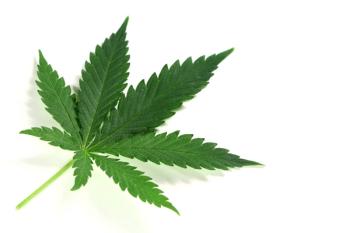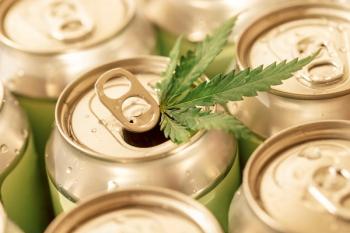
Insights on Cannabis Use, Vaping, and Hallucinogen Use from a 2022 Panel Study by the National Institute on Drug Abuse
The study noted high levels of substance use in certain age groups compared to previous years.
In an August 17 news release (1), the National Institutes of Health summarized findings from the 2022 Monitoring the Future (MTF) panel study, a report that has continued annually since 1975 (1). “The MTF study is funded by the National Institute on Drug Abuse (NIDA), part of the National Institutes of Health, and is conducted by scientists at the University of Michigan’s Institute for Social Research, Ann Arbor,” stated the news release (1).
The findings included data on cannabis use, vaping, and hallucinogen use as well as alcohol and nicotine use. According to the report (1), cannabis use in 2022 for both past-year and daily use in the two tracked age groups reached higher percentages than had ever been recorded by the MTF.
“Past-year use [for the 19-30 year old group] was reported by approximately 44% of those surveyed in 2022, an increase from five years ago (35% in 2017) and 10 years ago (28% in 2012),” the study stated (1). “Daily marijuana use also reached its highest level reported in 2022 (11%), which was greater than five years (8% in 2017) and 10 years ago (6% in 2012). Reports of past-year marijuana use among adults aged 35 to 50 also reached an all-time high in 2022 (28%). This had increased from the previous year (25% in 2021) and five years ago (17% in 2017), and more than doubled compared to 10 years ago (13% in 2012).”
Past-year cannabis vaping was also reported at the highest levels in adults 19-30 years old at 21% compared to 19% in 2021 and 12% in 2017, when the measurement was first added (1). Vaping for the 35-50 age group stayed at similar levels (1).
Hallucinogen use–which included LSD, MDMA, mescaline, peyote, shrooms or psilocybin, and PCP–also reached high percentages (1).
“Among adults aged 19 to 30, 8% reported past-year use of hallucinogens, significantly higher than five years ago (5% in 2017) and 10 years ago (3% in 2012),” the study reported (1). “Most of past-year use in 2022 reported by adults in this age group involved hallucinogens other than LSD (7% in 2022). Past-year hallucinogen use reached historically high prevalence among adults 35 to 50 years old, reported by 4% in 2022. The prevalence reported in 2022 was also a substantial increase compared to the year before (2% in 2021) and five and 10 years ago (no greater than 1% in both 2017 and 2012).”
Results from this year’s study are expected in December 2023 (1).
The research from these studies, which has surveyed some participants from grade school through present day, can be used to track generational trends of substance use (1,2). “The value of surveys such as MTF is to show us how drug use trends evolve over decades and across development–from adolescence through adulthood,” said Megan Patrick, PhD, a principal investigator of the study (1). “Behaviors and public perception of drug use can shift rapidly, based on drug availability and other factors. It’s important to track this so that public health professionals and communities can be prepared to respond.”
Read the full Monitoring the Future panel study
References
- Marijuana and hallucinogen use, binge drinking reached historic highs among adults 35 to 50
https://www.nih.gov/news-events/news-releases/marijuana-hallucinogen-use-binge-drinking-reached-historic-highs-among-adults-35-50 (accessed Aug 24, 2023). - Richtel, M. Middle-aged adults are binge drinking and using marijuana at record levels
https://www.nytimes.com/2023/08/17/health/alcohol-binge-marijuana-drugs.html (accessed Aug 24, 2023).
Newsletter
Unlock the latest breakthroughs in cannabis science—subscribe now to get expert insights, research, and industry updates delivered to your inbox.




